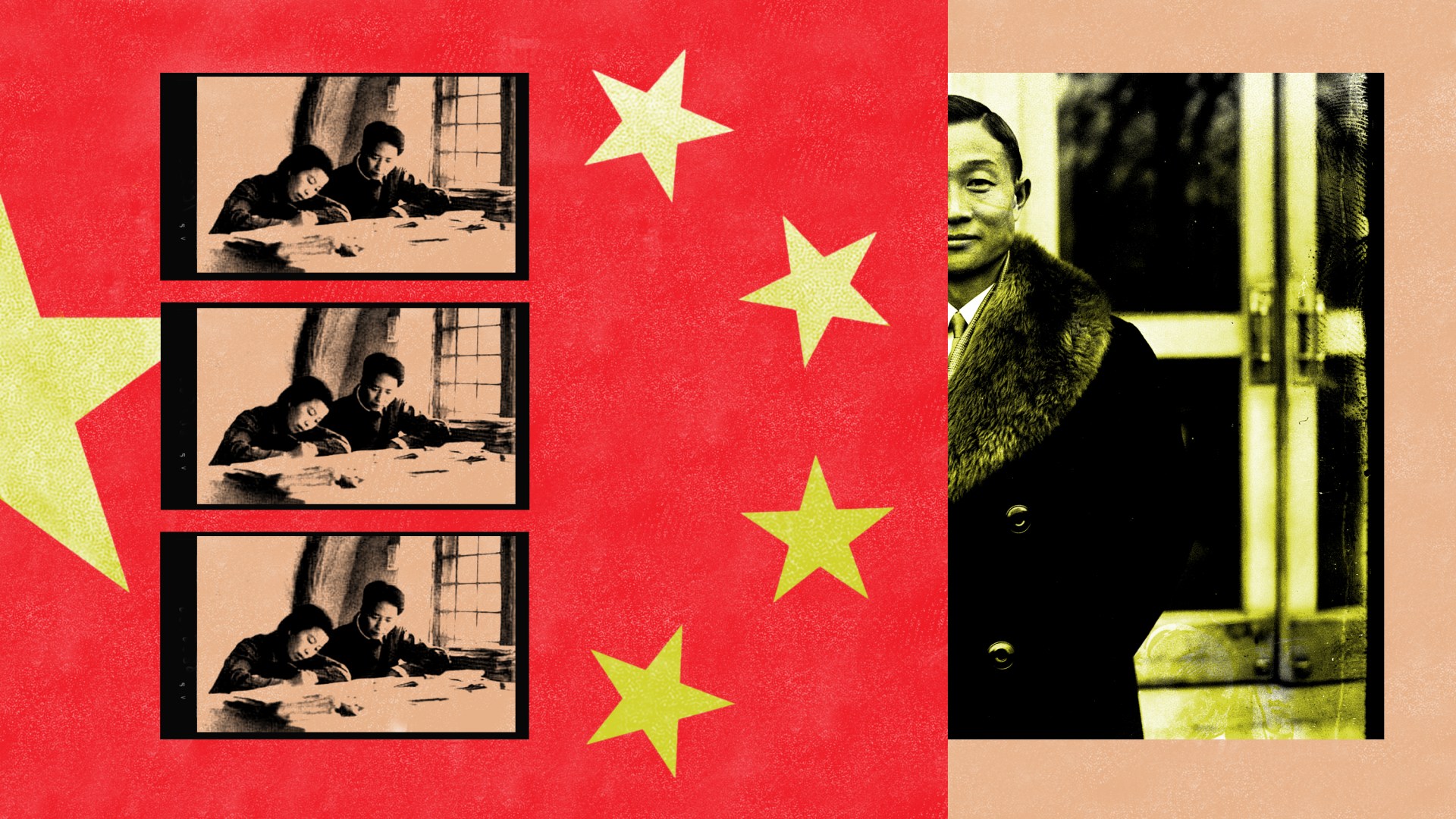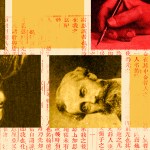One of the biggest Christian charities in the United Kingdom is being investigated by regulators following reports of financial mismanagement, conflicts of interest, and escalating internal tensions.
After opening a statutory inquiry into Barnabas Aid—a nonprofit that brings in £21.6 million ($28.3 million) a year to assist persecuted Christians—the UK’s Charity Commission announced last week that it had issued financial sanctions against the group.
“Due to concerns that the charity’s funds may have been misused in the past, and questions as to the trustees’ oversight, the Commission has used its powers to temporarily restrict any transactions the charity intends to make which are over £4,000,” said the regulators, who oversee charities in England and Wales.
Barnabas Aid, also called Barnabas Fund, was founded in England in 1993 by Patrick Sookhdeo, a convert who researched Christian-Muslim relations and advocated against the persecution of Christian minorities abroad. The group now operates internationally, with both a UK board of trustees and a global board overseeing various national offices.
Barnabas Aid suspended Sookhedo and other senior leaders earlier this year when it launched an independent investigation to look into whistleblower claims against them. In August, Premier Christian News reported on the internal “chaos” at Barnabas Aid.
A statement posted on the Barnabas Aid site says its investigation has already found evidence of theft and misuse of funds, and the ministry plans to comply with the Charity Commission inquiry. The organization says it will be able to continue to fund projects, only with the additional administrative hurdle of getting the commission’s approval.
Financial concerns led Barnabas Aid to dismiss international CEO Noel Frost back in the spring. The Telegraph UK wrote that Barnabas Aid’s initial investigation found Frost used charity funds for personal expenses and transferred more than £130,000 to personal accounts. He denied the allegations of financial wrongdoing.
The chairs of Barnabas Aid in Australia, New Zealand, the USA, and the UK went on to ask for the resignations of four additional senior leaders: Patrick and Rosemary Sookhdeo (international director and international director emeritus), Caroline Kerslake (international director of projects), and Prasad Phillips (deputy international director). They have been suspended while the investigation takes place.
Based on an interim report from the firm, Barnabas Aid said it has identified “serious and repeated” violations of its own financial safeguards as well as “significant payments made to the founders (and to others close to them—including some Board Members/Trustees), which cannot be readily explained.”
Barnabas Aid apologized to supporters in August, reported the issues to regulators, and commissioned a London law firm to investigate, but members of the UK board said they did not approve of the independent investigation.
The Charity Commission is currently looking into those claims.
“The Commission is investigating issues, including allegations of unauthorised payments to some of the current and former trustees and related parties, allegations that the charity’s founders have inappropriate control or influence over how the charity operates, and possible unmanaged conflicts of interest,” it said.
Kerslake said the suspended leaders are willing to cooperate with any impartial investigation. She told The Telegraph that the money transferred to the Sookhdeos came from donations made specifically for them “in lieu of salaries.”
The Charity Commission is also examining Barnabas Aid’s relationship with Nexcus International, formerly Christian Relief International (CRI).
Nexcus serves as an international office for Barnabas Aid and coordinates with the national offices in the UK, the US, Australia, and New Zealand. The Barnabas Aid website says going through CRI—which is registered in the US but operates in England—allows the charity to keep lower overheads and helps ensure its compliance with legal and financial requirements.
The chair of Barnabas Aid UK, Philip Richards, claimed in a letter to supporters that Nexcus “seized control of the operations of Barnabas Aid,” appointed its new CEO, Colin Bloom, and has been surreptitiously using its donor database.
Barnabas Aid countered to say Nexcus is “a Barnabas entity” since it was created by Sookhdeo, who served as its chair until April 2024, and since its board is made up of Barnabas Aid’s national leaders.
US watchdog site MinistryWatch reported on Barnabas Aid in 2022, interviewing Jeremy Frith, the CEO leading the US office.
“Frith admits the ministry’s websites and regular communication do a poor job of communicating its international structure. The Barnabas Aid, USA redirects to the Barnabas Fund in the UK,” the story said. “US gifts sent to Barnabas Aid go to CRI, which then distributes funds to partners around the world.”
According to MinistryWatch, Barnabas Aid finances projects in dozens of countries by awarding grants to ministries—mostly churches they’ve partnered with for decades—to conduct the work.
The suspended founder, Sookhdeo, was previously convicted in a sexual assault case in 2015 and found not guilty in another case in 2016. He denied the allegations and temporarily resigned before being reinstated into leadership as international director of Barnabas Aid.
The charity defended Sookhdeo and accused fellow evangelical organizations of excluding Barnabas Aid from cooperative international religious freedom efforts.
Full results of the current investigation, being conducted by the law firm Crowell & Moring, are expected later this fall. When the Charity Commission inquiry concludes, it will also publish a report detailing its findings and any disciplinary action.
Following the Charity Commission inquiry, Barnabas Aid has reiterated its commitment to transparency and cooperate repentance.
“There is now an unprecedented level of scrutiny on our financial processes to ensure transparency and accountability and you can trust that any money donated to us will be used to help persecuted Christians,” it said in a FAQ for supporters.
“While team members at Barnabas Aid did not know or participate in financial misconduct, we must collectively repent of any evil that has happened, placing our faith in the finished work of the Lord Jesus Christ.”





















































